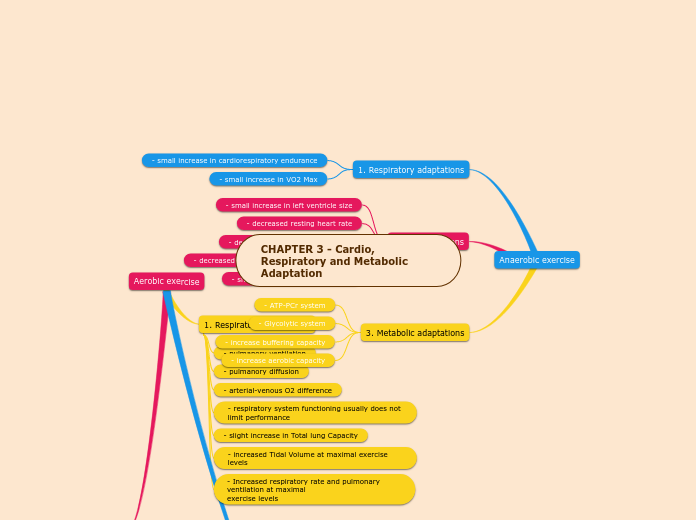przez fatin najihah 4 lat temu
404
CHAPTER 3 - Cardio, Respiratory and Metabolic Adaptation

przez fatin najihah 4 lat temu
404

Więcej takich